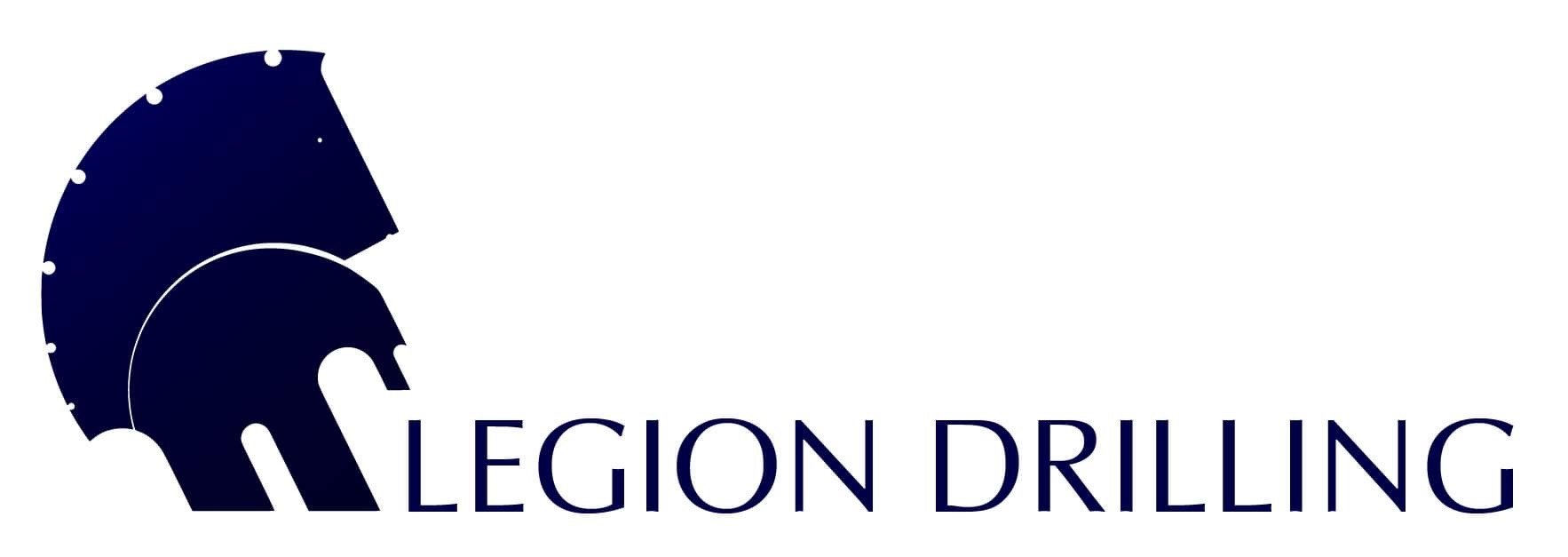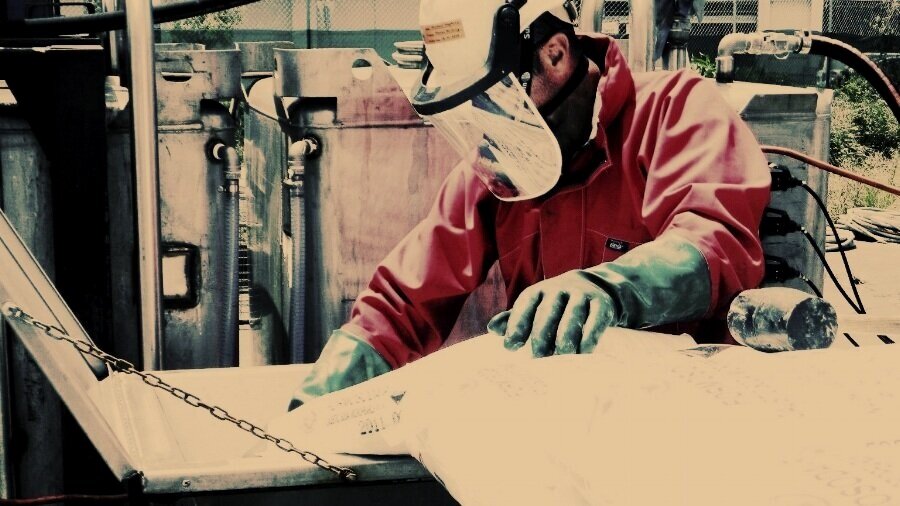In Situ Remediation Injection
The delivery of amendments into target treatment zones to transform and destroy a wide range of organic contaminants.
BOS 200® is a complete in-situ system effecting accelerated biodegradation processes on an activated carbon platform.
A fully dedicated team of fitters and welders to help your organisation to build and customise soil and groundwater remediation systems
IN-SITU CHEMICAL INJECTION
In-situ chemical injection is a technology used for soil and groundwater remediation which rapidly reduces contaminant concentrations. The advanced oxidation/reduction technology and environmental remediation technique introduces reactive chemicals to transform harmful contaminants within the subsurface into less harmful contaminants or eliminate them completely.
In-Situ Chemical Oxidation (ISCO) involves injecting strong chemical oxidisers directly into the contaminated medium (soil or groundwater) to destroy any chemical contaminants. Permanganate, persulfate, hydrogen peroxide and ozone are the four most commonly used oxidants, with catalysts sometimes added to increase the speed of the chemical reaction. In-situ chemical oxidation remediates a variety of organic substances, including recalcitrant compounds that are resistant to natural degradation and attenuation mechanisms.
Legion Drilling provides in-situ chemical oxidation for soil and groundwater remediation Australia wide mobilising our specialised injection equipment from our locations in Sydney and Brisbane & Townsville. We offer a range of injection systems to suit a wide variety of applications and can modify each system for project-specific requirements.
ACTIVATED CARBON INJECTION
Activated Carbon (AC) based is or mixture of AC and chemical and/or biological amendments that is used in a range of in situ treatment technologies
AC-based in-situ technology involves two processes: adsorption and degradation. Activated Carbon is responsible for adsorption and reactive amendments are responsible for degradation.
Adsorption can significantly retard contaminant migration and decrease dissolved phase concentrations. Retaining contaminants in the AC matrix allows longer residence time for contaminants to be degraded by reactive amendments. The coupling of adsorption and degradation reduces the potential for contaminant rebound that frequently is encountered with conventional treatment technologies
INSITU REMEDIATION INJECTION METHODOLOGY
Our preferred an injection methodology is with through temporary injection rods installed with a direct push drilling rig. Injection rods are hammered or pushed to to the required injection depth and pumping commences without installing a permanent well. Using high resolution data gathered with direct sensing tools allows precision injection techniques to minimise cost and risks associated with poor understating of site dynamics and plume distribution. Standard monitoring wells tend to be poorly designed with screens intersecting multiple pathways resulting in unreliable injection outcomes.
Permanent injections wells do allow for follow-up injection events and reduce or eliminate the need for an on-site drilling rig. Permanent wells with set screens don’t, however, allow for tailored injection depths after the results from injection events are examined.
The use of MiHPT and UVOST systems provides high-resolution data to effectively plan an ISCO remediation event. The use of innovative high resolution technologies enables preferential pathways, plume distribution and concentration identification, and delivers the best results.
CUSTOM PROJECT SOLUTIONS
Mobilising Australia wide from our Brisbane, Sydney and Townsville depots.
Skid & trailer mounted Injection system to suit site requirements.
Inject simultaneously in multiple locations with each injection line monitored independently for flows and pressures.
High capacity systems allowing for large mixing and injection volumes to minimise project durations.
Aggressive compounds can be mixed safety in large volume batches and kept in suspension during injection process.
Injections can use a wide variety of pressure ranges, from 5 psi through to 1100 psi using diaphragm or positive displacement pumps.
360o horizontal injection can be achieved with temporary screens or injection probes.
Injection systems can be connected to existing monitoring wells using injection caps or directly via injection rods with adjustable screen intervals.
Legion Drilling can assist with groundwater extraction wells and above ground water treatment systems to work in conjunction with in-situ treatments.
TECHNICAL WEBINARS ON IN-SITU REMEDIATION
Legion Drilling has organised the following webinars on in-situ remediation technologies (activated carbon injection, surfactant-enhanced remediation) with our partners AST Environmental and Ivey International.
They are part of our series of webinars on advanced site characterisation and remediation.




